Recycling is often championed as a key solution to the mounting environmental crisis, a beacon of hope in a world drowning in waste. However, beneath the glossy brochures and optimistic PR campaigns lies a reality that many of us conveniently overlook. It’s time to pull the curtain back and take a hard look at what recycling truly entails. Here are 10 hard truths that challenge the idyllic perception of recycling and reveal where your plastic really goes.
1. The Illusion of Recycling Rates
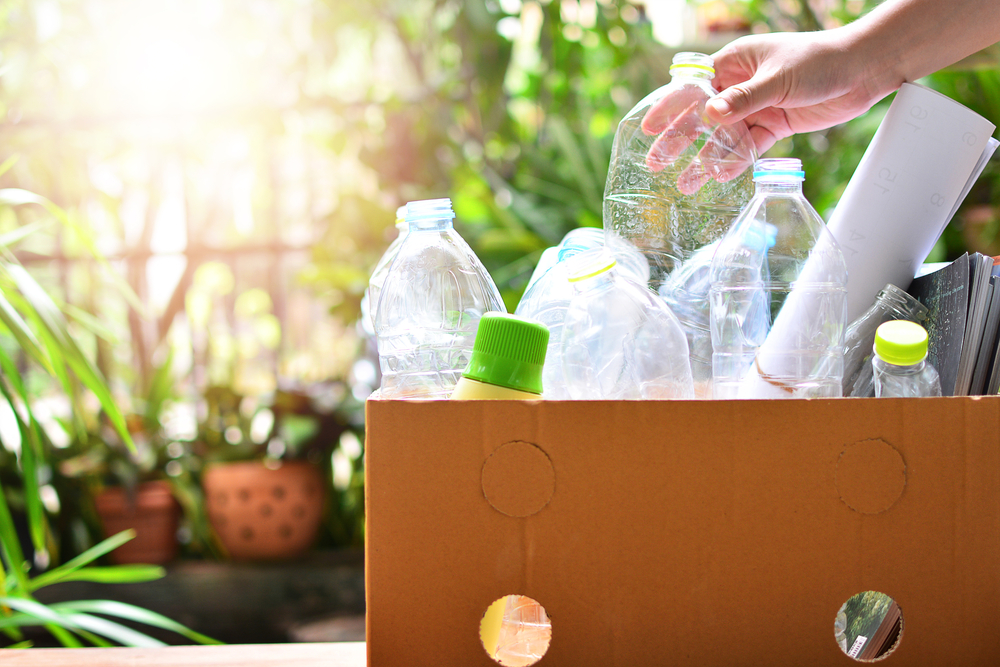
Many of us proudly toss our plastics into the recycling bin, believing they are on their way to becoming something new and useful. However, the sad truth is that much of the plastic we place in our recycling bins never actually gets recycled. According to National Geographic, only about 9% of all plastic ever produced has been recycled. This means that a staggering 91% of plastic ends up in landfills, incinerators, or the environment.
The recycling rates for plastics are low due to several challenges, such as sorting difficulties, contamination, and lack of market demand for recycled materials. Even when plastics are collected for recycling, many end up being downcycled into lower quality materials rather than being transformed back into new plastic products. This systemic inefficiency underscores the need for more robust and sustainable systems beyond our current recycling efforts.
2. Shipping Our Trash Overseas
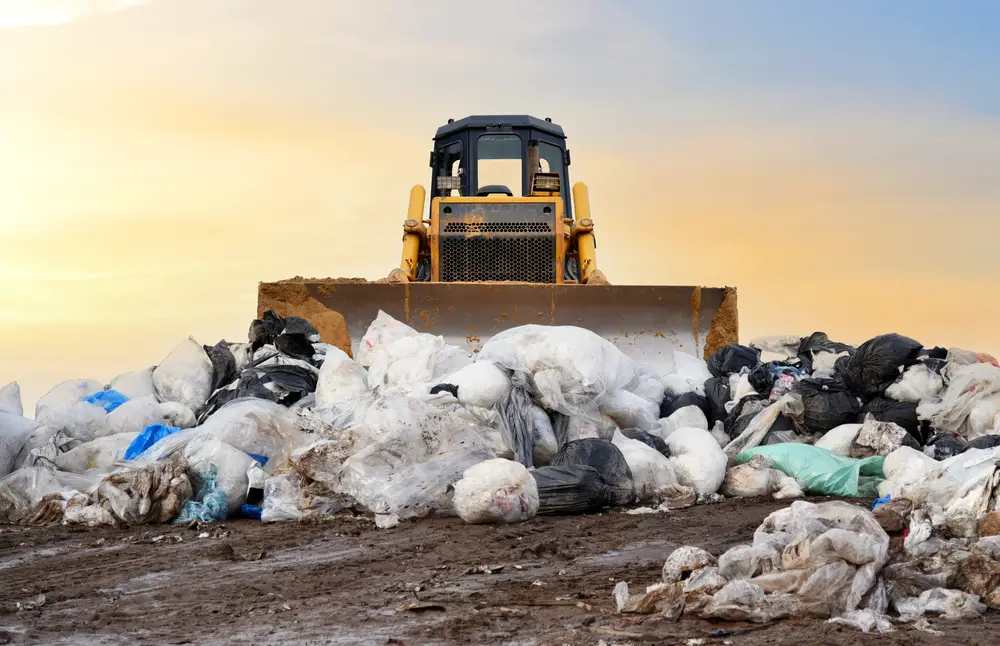
For years, developed countries, including the United States and many European nations, have been shipping their plastic waste to developing countries, under the guise of recycling. This practice, often justified as economic aid, is primarily a means to offload waste management responsibilities. Countries such as China, Malaysia, and Vietnam have been the primary recipients of this waste, tasked with the challenging job of sorting and recycling it.
In recent years, however, these countries have started closing their doors to foreign waste, citing environmental concerns and the sheer volume of trash overwhelming their systems. The rejection of imported waste has left many developed countries scrambling to find new solutions, exposing the unsustainable nature of relying on foreign recycling. The global waste trade highlights the disparity in waste management capabilities and the urgent need for developed nations to take responsibility for their own trash.
3. The Problem with Single-Use Plastics

The convenience of single-use plastics has made them ubiquitous in our daily lives, but their environmental impact is far from convenient. Items like plastic bags, straws, and coffee cups are typically used for mere minutes before being discarded, yet they can persist in the environment for hundreds of years. Recycling these items is particularly challenging due to their lightweight nature and tendency to get caught in recycling machinery.
Efforts to curb the use of single-use plastics through bans and taxes are gaining traction, but the transition is slow and often met with resistance from industry and consumers alike. While recycling can play a role in managing plastic waste, reducing our reliance on single-use plastics is a crucial step toward a more sustainable future. As we grapple with the limitations of recycling, shifting towards reusable and compostable alternatives becomes increasingly important.
4. Contamination Complicates Recycling
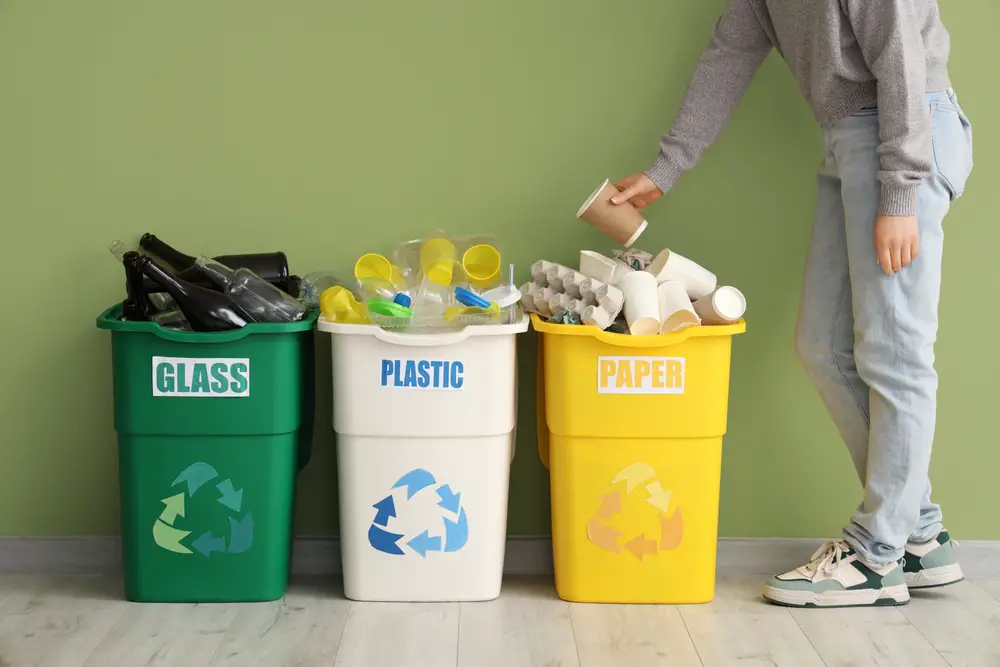
One of the most significant hurdles in the recycling process is contamination. When non-recyclable items or food residue end up in the recycling bin, they can contaminate entire batches of recyclables, rendering them unusable. This is particularly problematic for plastics, as different types of plastic require different processing methods. A single contaminated item can cause a whole load to be sent to the landfill, undermining the efforts of conscientious recyclers.
Educating consumers on how to recycle properly is essential, yet the rules can be confusing and vary by location. Misunderstandings and mistakes are common, leading to high contamination rates. Improving the clarity and consistency of recycling guidelines is necessary to minimize contamination and increase the effectiveness of recycling programs.
5. The Greenwashing Effect
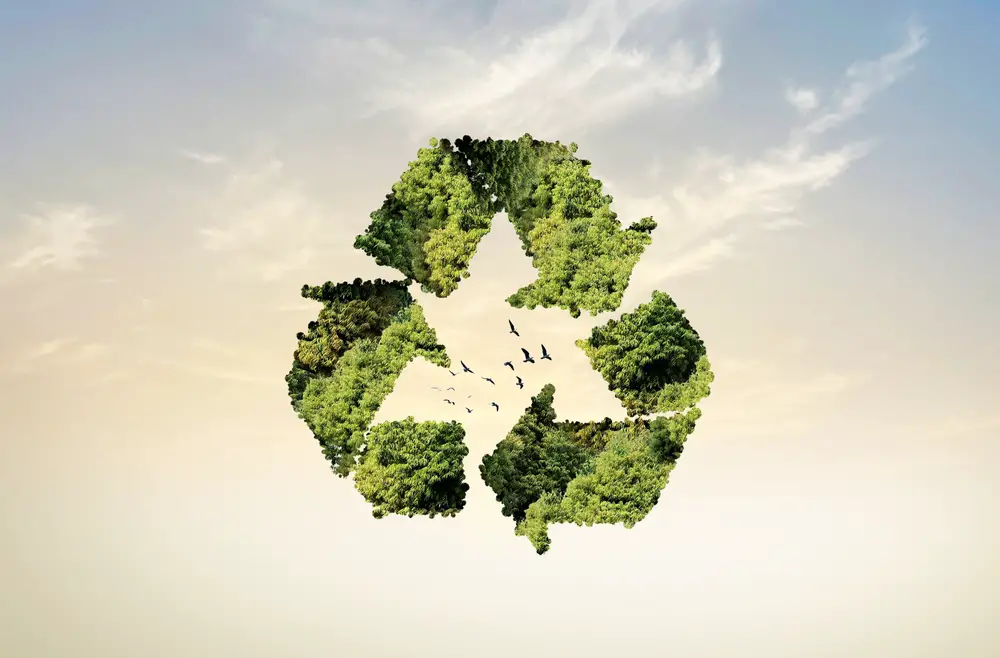
Companies often use recycling as a marketing tool, promoting their products as “recyclable” to appeal to environmentally-conscious consumers. However, just because an item is technically recyclable doesn’t mean it will be recycled in practice. Many products labeled as recyclable require specific facilities and conditions that are not widely available, leading to a false sense of environmental responsibility.
This practice, known as greenwashing, misleads consumers into believing they are making sustainable choices when, in reality, the environmental impact remains significant. As businesses continue to capitalize on eco-friendly trends, it is crucial for consumers to scrutinize these claims and demand transparency. Holding companies accountable for their environmental practices can drive more meaningful change and reduce reliance on ineffective recycling systems.
6. The Energy Cost of Recycling
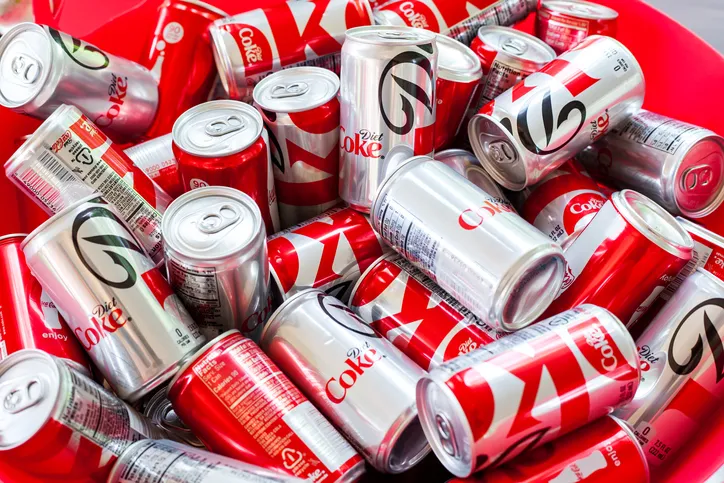
Recycling is often touted as an environmentally-friendly practice, but the process itself is not without its environmental costs. Collecting, sorting, and processing recyclables requires significant energy, sometimes rivaling or even exceeding the energy needed to produce new materials. For plastics, the recycling process involves melting and reshaping, which is energy-intensive and emits greenhouse gases.
While recycling is generally more energy-efficient than producing new materials from raw resources, the energy savings are not as substantial as often assumed. This reality underscores the importance of prioritizing waste reduction and reuse over recycling. By minimizing our consumption and opting for sustainable alternatives, we can reduce the environmental footprint of our waste management practices.
7. Limited Market Demand for Recycled Materials

A critical barrier to effective recycling is the limited market demand for recycled materials. While the supply of recyclables has increased, the demand for products made from recycled materials has not kept pace. This market imbalance results in stockpiles of recyclables with nowhere to go, leading to increased waste and inefficiency.
Manufacturers often prefer virgin materials due to their consistent quality and lower costs, making it challenging for recycled materials to compete. For recycling to succeed, there must be a concerted effort to stimulate demand for products made from recycled content. Supporting policies and initiatives that incentivize the use of recycled materials can help create a more sustainable market and encourage meaningful recycling practices.
8. The Inefficiency of Curbside Recycling
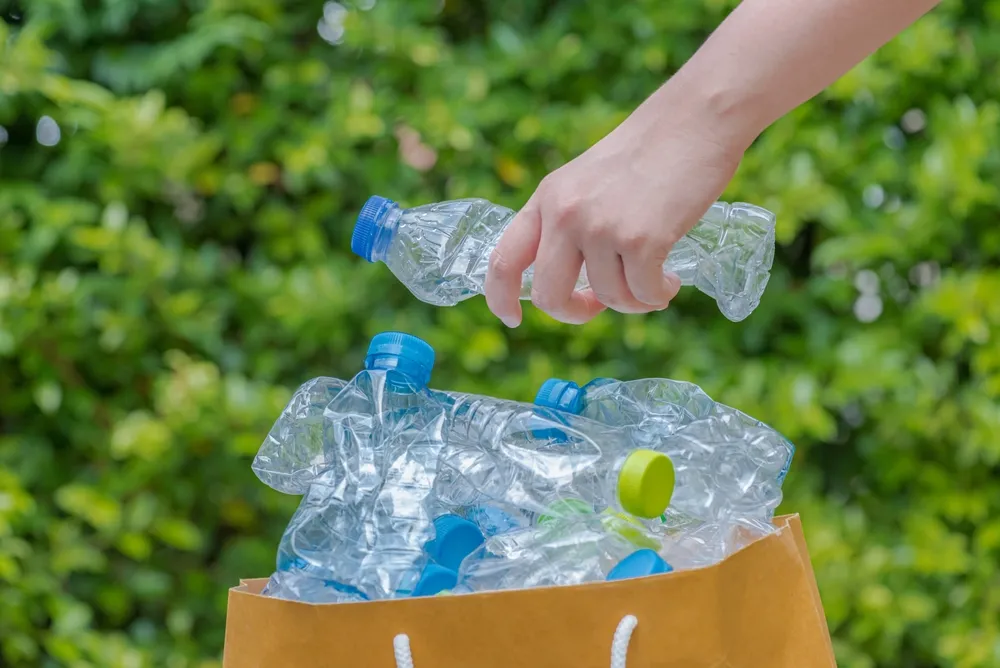
Curbside recycling programs are a convenient way for households to participate in waste reduction, but they are far from perfect. These programs often struggle with contamination, sorting inaccuracies, and insufficient infrastructure to handle the volume of recyclables. The convenience of curbside collection sometimes comes at the expense of efficiency and effectiveness.
For recycling to be more successful, there needs to be a shift towards more specialized and centralized recycling facilities that can handle materials more effectively. Investing in advanced sorting technologies and improving public education on recycling practices can help enhance the efficiency of curbside recycling. Maximizing the potential of these programs will require significant commitment and collaboration from governments, businesses, and communities.
9. Recycling Doesn’t Address Overconsumption
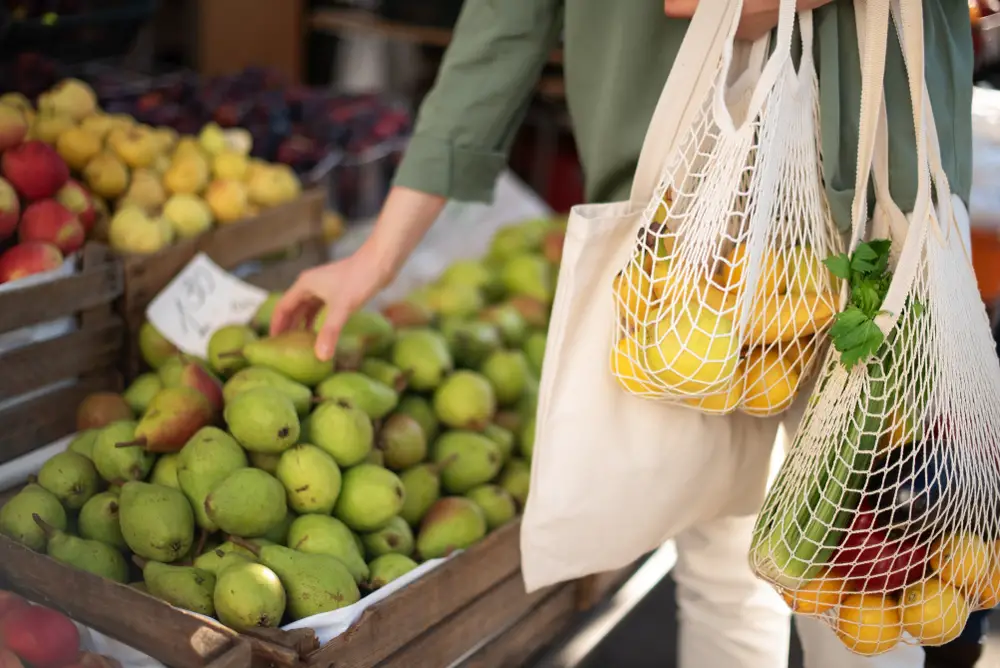
While recycling can help mitigate some of the environmental impacts of waste, it doesn’t tackle the root problem of overconsumption. Our modern consumer culture is built on a cycle of producing, consuming, and discarding, which generates massive amounts of waste. Recycling can only do so much to alleviate the pressure of this unsustainable cycle.
To achieve true sustainability, we need to rethink our consumption habits and embrace circular economy principles. This includes prioritizing products designed for durability, repairability, and reuse, as well as reducing overall consumption. By shifting our focus from recycling to waste prevention, we can create a more sustainable future that reduces reliance on finite resources.
10. The Role of Policy and Regulation

Effective recycling requires strong policy and regulatory frameworks that ensure accountability and drive positive change. In many regions, weak regulations and lack of enforcement allow companies to sidestep their environmental responsibilities. Governments play a crucial role in setting standards, providing incentives, and supporting infrastructure development to enhance recycling systems.
Policies that encourage product stewardship and extended producer responsibility can hold manufacturers accountable for the lifecycle impacts of their products. By creating a collaborative regulatory environment, we can foster innovation and investment in sustainable waste management practices. Ultimately, meaningful policy and regulation are essential to transforming the recycling landscape and achieving long-term sustainability.
